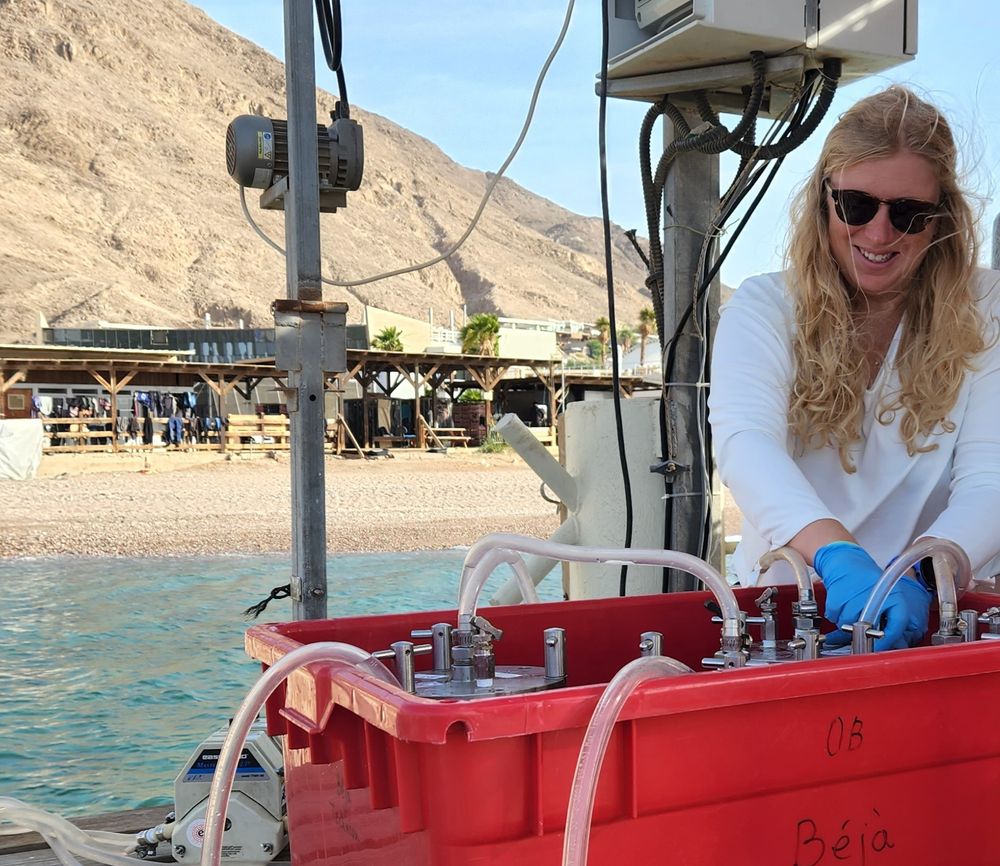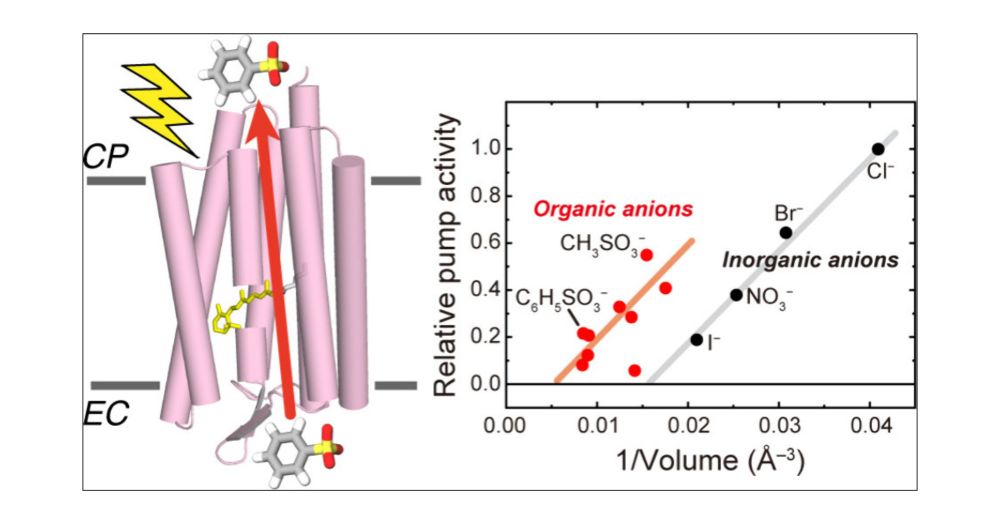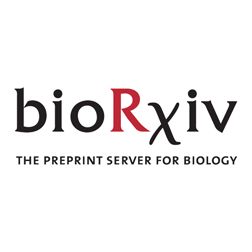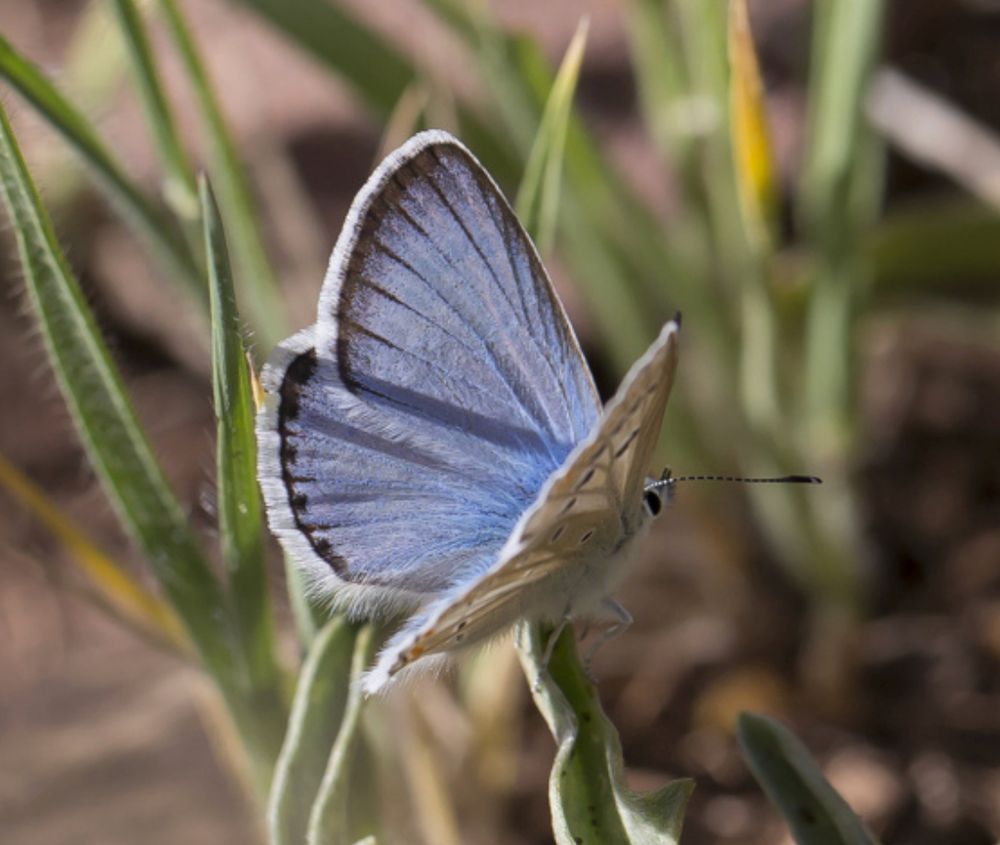BejaLab
@bejalab.bsky.social
800 followers
390 following
530 posts
the unculturables: exploratory research & beyond. EMBO-YIP 2003, EAM 2012, adERC 2013, EMBO 2024. https://beja.net.technion.ac.il/
Posts
Media
Videos
Starter Packs
Pinned
Reposted by BejaLab
Reposted by BejaLab
Reposted by BejaLab
Reposted by BejaLab
Reposted by BejaLab
Reposted by BejaLab






















